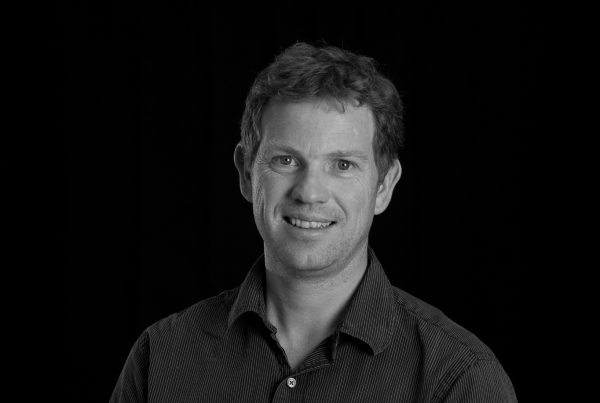Prof. Frank Koppens obtained his PhD in experimental physics at Delft University, at the Kavli Institute of Nanoscience, The Netherlands. After a postdoctoral fellowship at Harvard University, Since August 2010, Koppens is group leader at the Institute of Photonic Sciences (ICFO). Prof. Koppens is vice-chairman of the executive board and optoelectronics WP leader of the graphene flagship program.Koppens has received five ERC awards (including three ERC proof-of-concept grants), the Christiaan Hugyensprijs 2012, the national award for research in Spain, the IUPAP young scientist prize in optics, and the ACS photonics investigator award.
Since 2018 Koppens is on the Clarivate list for highly cited researchers. Koppens has been elected as fellow of the American Physical Society in 2022. In total, Koppens has published more than 120 refereed papers (H-index 67), and total number of citations exceeds 33.000 (google scholar).
